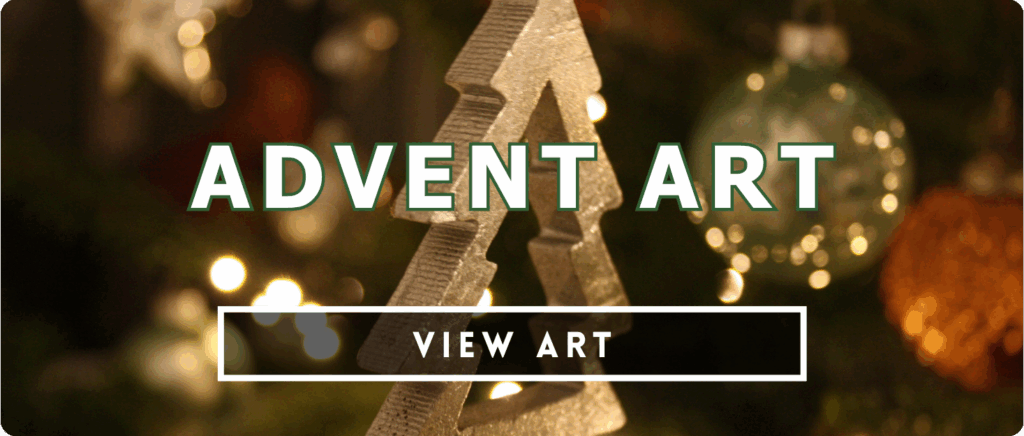


Scrooge's awakening: a New Heart

“I don’t know what to do! I am as light as a feather, I am as happy as an angel, I am as merry as a schoolboy! A merry Christmas to everybody! A happy New Year to all the world!”
(scrooge, A Christmas Carol, Stave 4)
“I will give you a new heart and put a new spirit in you; I will remove from you your heart of stone and give you a heart of flesh.” (Ezekiel 36:26)
Advent Day 18 — Scrooge’s Awakening: A New Heart
Theme: The pure joy of being made new
After the long, dark night of ghostly visitations, Scrooge opens his eyes to morning light. The bell is ringing, sunlight spills across the room, and he is alive. He leaps from his bed, laughing through tears.
“I don’t know what to do! I am as light as a feather, I am as happy as an angel, I am as merry as a schoolboy! A merry Christmas to everybody! A happy New Year to all the world!”
What a resurrection moment! The miser once dead in spirit now lives again. The chains forged by greed and fear are shattered. Scrooge has been given what Scripture calls “a new heart.”
In that radiant scene, Dickens captures the essence of Christian redemption—the miracle of regeneration. Grace has done its work. Scrooge’s heart of stone has become a heart of flesh: tender, grateful, and overflowing with joy.
This is the joy of salvation—the laughter of the redeemed. When Christ’s light breaks into our darkness, we discover that repentance is not the end of the story but the beginning of new life. The grave of sin gives way to the dawn of grace.
Like Scrooge, we too awaken to a new morning when we surrender to Christ. The joy that fills him is not mere emotion; it is transformation. He becomes a different man—not just relieved, but renewed.
Dickens writes, “His own heart laughed: and that was quite enough for him.”
When God changes a heart, joy springs up from within—a laughter that flows from freedom, gratitude, and love.
Today, pause and let your soul rejoice in the God who makes all things new. No matter how dark the night, His mercy brings morning.
Listen to the Advent Playlist selections for today—songs of awakening and praise such as “Joyful, Joyful, We Adore Thee” and “Glorious Day.” Let their jubilant melodies lift your spirit in worship. Then, linger over today’s curated artwork—a radiant depiction of morning light flooding Scrooge’s chamber, symbolizing resurrection joy and the light of Christ that transforms the heart.
Let this joy take root in you—real, enduring, and contagious.
Prayer
Renewing God, thank You for the gift of new life in Christ. Take from me my heart of stone and give me a heart that beats with Your love and joy. Let me awaken each day as Scrooge did—with wonder, gratitude, and laughter. May my life bear witness to the miracle of Your grace, so that others may see and glorify You. In the name of Jesus, who makes all things new, Amen.

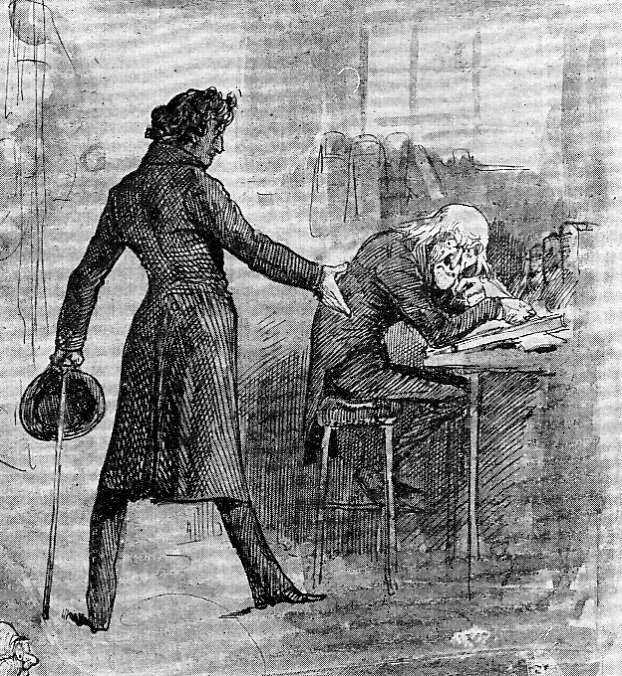
Artwork: “It’s I, your uncle Scrooge. I have come to dinner. Will you let me in, Fred?”
Artist: Arthur Rackham
Medium: Hand-drawn with watercolor washing
Date: 1915
Published in: A Christmas Carol by Charles Dickens
Artistic Analysis
1. Artistic Style
Arthur Rackham’s unmistakable style is central to the image:
Loose yet expressive ink lines define the figures and objects with a slightly whimsical irregularity.
Soft, translucent watercolor washes create mood rather than strict realism.
Muted, earthy tones are characteristic of Rackham’s palette—warm browns, grays, and golds dominate, creating a gentle and nostalgic atmosphere.
Rackham’s work often blends the fantastical with the human, and here he softens Dickens’s world with a touch of fairytale warmth.
2. Narrative Moment
The illustration captures a pivotal emotional moment from A Christmas Carol:
Scrooge, newly transformed, arrives at his nephew Fred’s home for Christmas dinner.
The image conveys:
Scrooge’s hesitant humility—a man unused to warmth and welcome.
Fred and his young wife’s open, heartfelt invitation, signaling forgiveness, joy, and family connection.
This is the moment when Scrooge first steps into genuine human fellowship after years of isolation.
3. Composition
Rackham arranges the scene to emphasize Scrooge’s transition:
The Doorway
Scrooge stands framed in an open door, still partly in shadow.
Symbolically, he is at a threshold, moving from his cold, lonely world into a warm, loving family space.
The Gesture of Welcome
Fred’s arms are extended toward Scrooge, bridging the space between them.
His wife stands just behind, adding depth and human warmth.
Their posture literally draws Scrooge into the circle of light.
The Table
The bright white tablecloth and the piled fruit suggest abundance, festivity, and generosity.
The table anchors the right side of the image, representing the joy Scrooge is being invited into.
Rackham’s composition guides the viewer’s eye from the dark doorway → to Fred’s gesture → to the glowing celebration.
4. Color, Light, and Mood
Rackham uses light and color symbolically:
Warm golden light fills the dining room, highlighting abundant food and decorations.
Scrooge, in contrast, is painted in cooler, grayer hues, conveying the remnants of his old life.
The holly, ribbons, and soft red accents connect the moment to Christmas symbolism and renewal.
The overall mood is gentle, hopeful, and emotionally restorative.
5. Symbolic Elements
This scene is rich in Dickensian and Rackham-esque symbolism:
The Door: A moment of transformation; Scrooge crosses from his past into redemption.
Outstretched Hands: Forgiveness, acceptance, family, and unconditional welcome.
Holly Decorations: Tradition, festivity, and the promise of renewal.
Fruit and Tableware: Material signs of generosity, hospitality, and fellowship.
Rackham uses these elements to emphasize that Scrooge’s redemption is not only spiritual but relational.
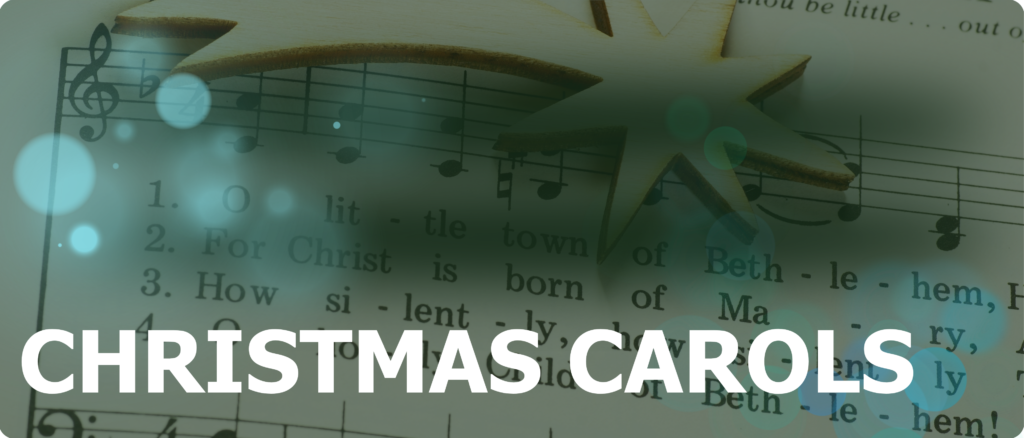
O Come, O Come Immanuel
Latin Hymn, 12th century
Translated by John M. Neale (1818-1866)
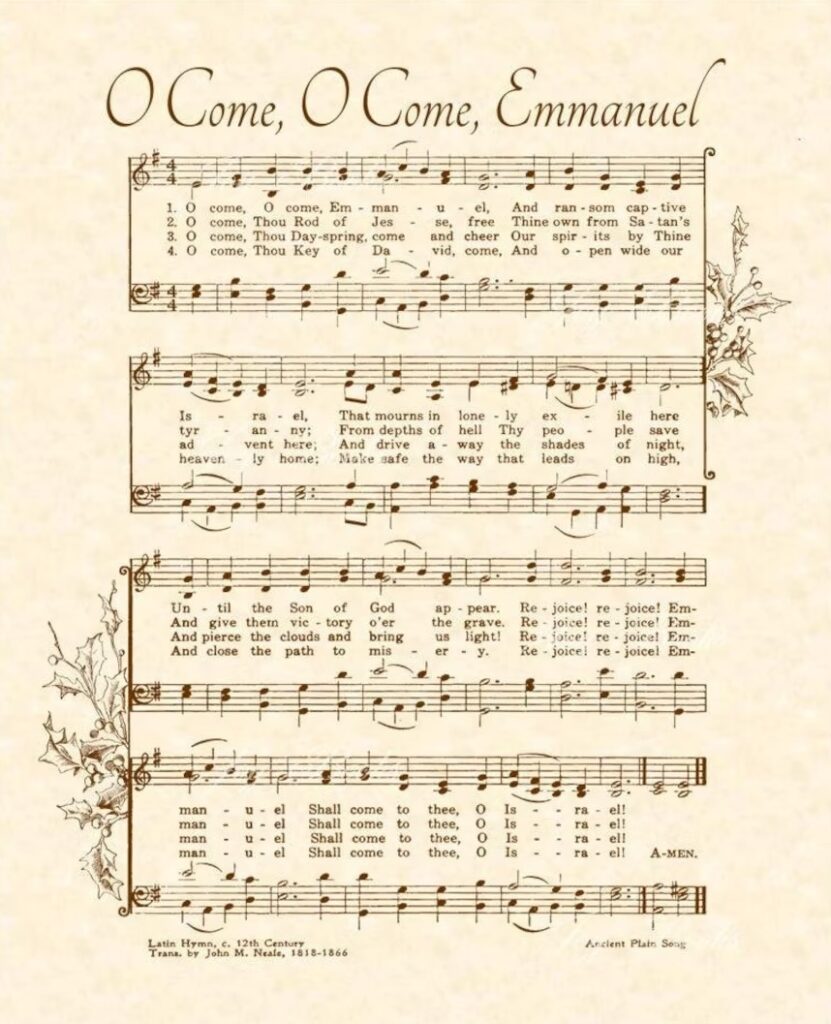

O Come, O Come Immanuel
Latin Hymn, 12th century
Translated by John M. Neale (1818-1866)


Playlist Daily Highlight
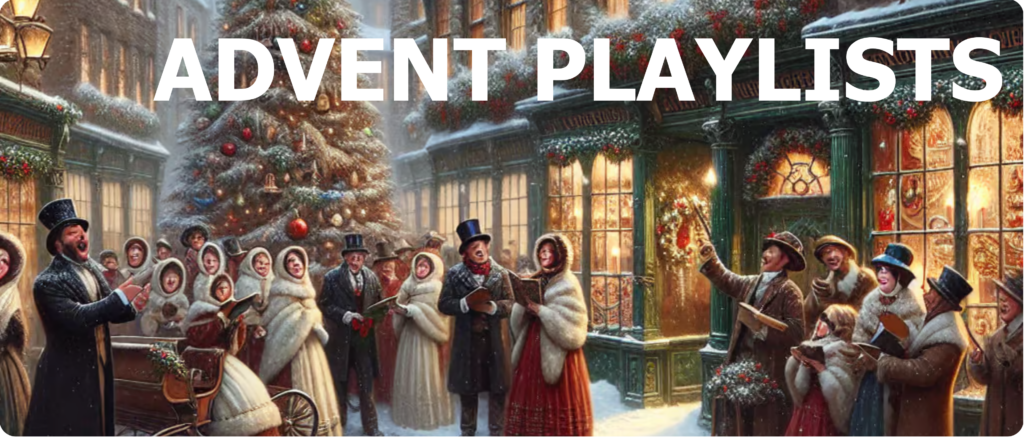
We’ve provided multiple versions of this classic Christmas carol. Listen to your favorite style, but also try something new!
See if you find a new appreciation for this song or a different version than what you’re used to.
Take the time to listen . . . really listen to the words of this song and reflect on them. Let God speak to you in this moment.

